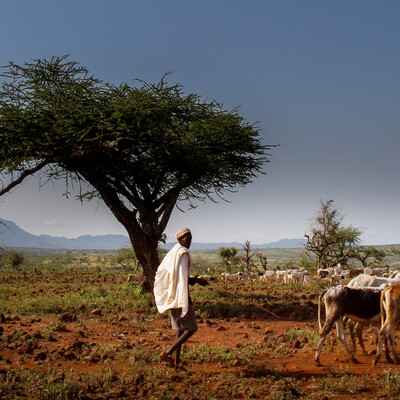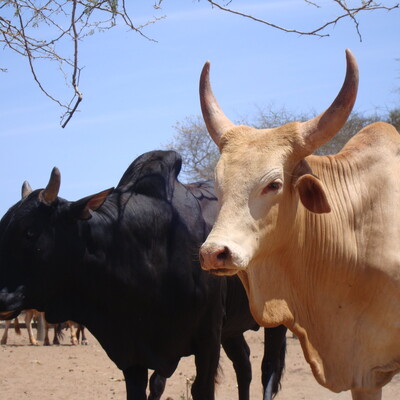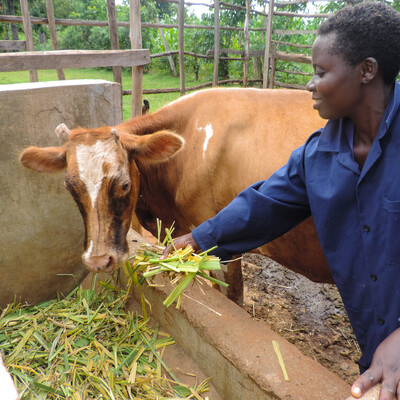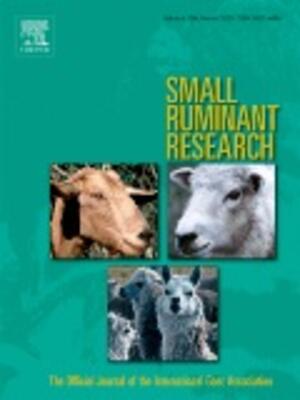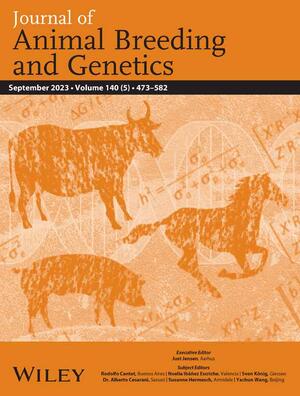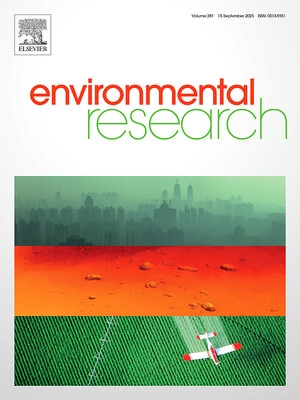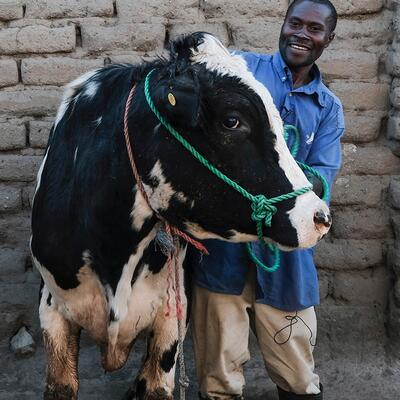
National livestock sector policies and planning under a changing global economy
New study analyses the impact of demand and supply of livestock-derived food on managing the livestock sector.
This blog originally appeared on the CCAFS news blog
Written by Nelly Njiru and Dolapo Enahoro (ILRI)
The livestock sector may have a key role to play in many low-and middle-income countries (LMICs): providing options for employment, poverty reduction and economic growth, while supplying animal proteins that are particularly important for improving the diets of nutritionally vulnerable segments of the population. The potential benefits of the sector must, however, be harnessed within the context of a rapidly changing global economy. Global trends, such as population and income growth, globalization, urbanization and climate change, all have bearings on the local dynamics of livestock value chains that policy planning for the sector will need to consider.
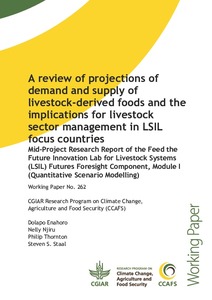 Read the working paper here.
Read the working paper here.The production and demand of livestock derived foods (LDFs) could change substantially in the future in many LMICs following major changes in global economic and climate conditions. A recent report assesses a standard global model’s projections of livestock production and the demand for LDFs in Ethiopia, Niger, Rwanda, Cambodia, Nepal and Burkina Faso in 2050.
To pursue these opportunities within the contexts of long-term food security and resource sustainability; however, national policies steering agricultural exports and food prices, as well as those affecting land use and livestock feed markets may need more careful design and implementation. The need also emerges for improved harmonization around common goals, of national policies that affect livestock, including those that originate outside of the sector. For example, export trade of livestock is projected to remain important in countries such as Ethiopia. However, under high global economic growth, boosts in overseas demand for beef could adversely impact the availability of the product more locally. There may be a need for policy adjustments to deal directly with potential impacts on nutrition and health within local populations. Increased production to meet demand under such a scenario also exacerbates pressures on agricultural or other land and may call for concerted planning for livestock expansion within strategies and programs for land use and environmental management.
The report recommends that the relevant stakeholders should be engaged early on in discussions regarding the management of the anticipated changes to livestock value chains. Given the variability of the countries included in the study, the assessments of national statistics and global model projections and reviews of national livestock policies lead to varied conclusions about which livestock subsectors will drive change, the major anticipated transitions and how these can be better captured within the national planning for the sector. The paper provides some initial pointers on the direction in which livestock sector planning in the study countries may need to evolve. A quick assessment of needed interventions identifies scope for increased agricultural productivity and animal feed development, particularly under global climate change. Other areas for attention are managing environmental impacts and the potential emergence of zoonotic diseases (that are infectious diseases caused by bacteria, viruses and parasites that spread between animals and humans).
The report also emphasizes that model projections are not predictions for how the demand, supply or trade of LDF and related measures will evolve, but plausible outcomes based on data and current knowledge about key interactions of countries’ livestock sectors. However, the analyses are a good focal point around which to engage national stakeholders on discussions about how LDF demand and supply could transition in the different countries and the readiness of existing and planned policy or programs to accommodate these changes.
Read more:
- Working paper:A review of projections of demand and supply of livestock-derived foods and the implications for livestock sector management in LSIL focus countries
- Journal article: Supporting sustainable expansion of livestock production in South Asia and sub-Saharan Africa: Scenario analysis of investment options
The project was carried out under the auspices of the United States Agency for International Development (USAID) and its Feed the Future Innovation Lab for Livestock Systems (LSIL) which is managed by the International Livestock Research Institute (ILRI) and the University of Florida.
Nelly Njiru is a research associate in the Policies, Institutions and Livelihoods program at ILRI. Dolapo Enahoro is an agricultural economist in the Policies, Institutions and Livelihoods program at ILRI.









